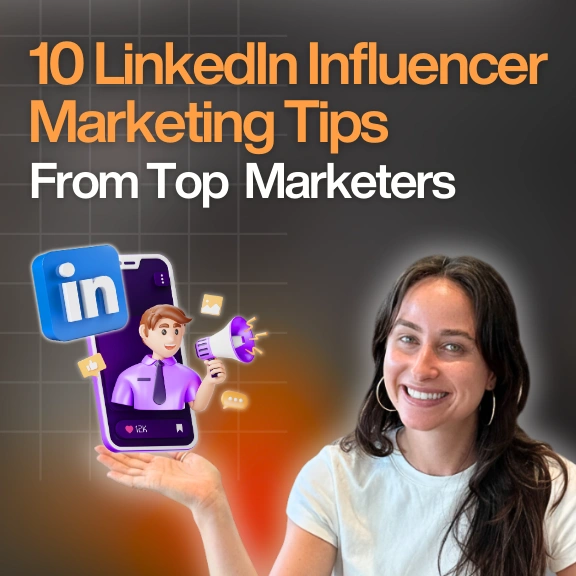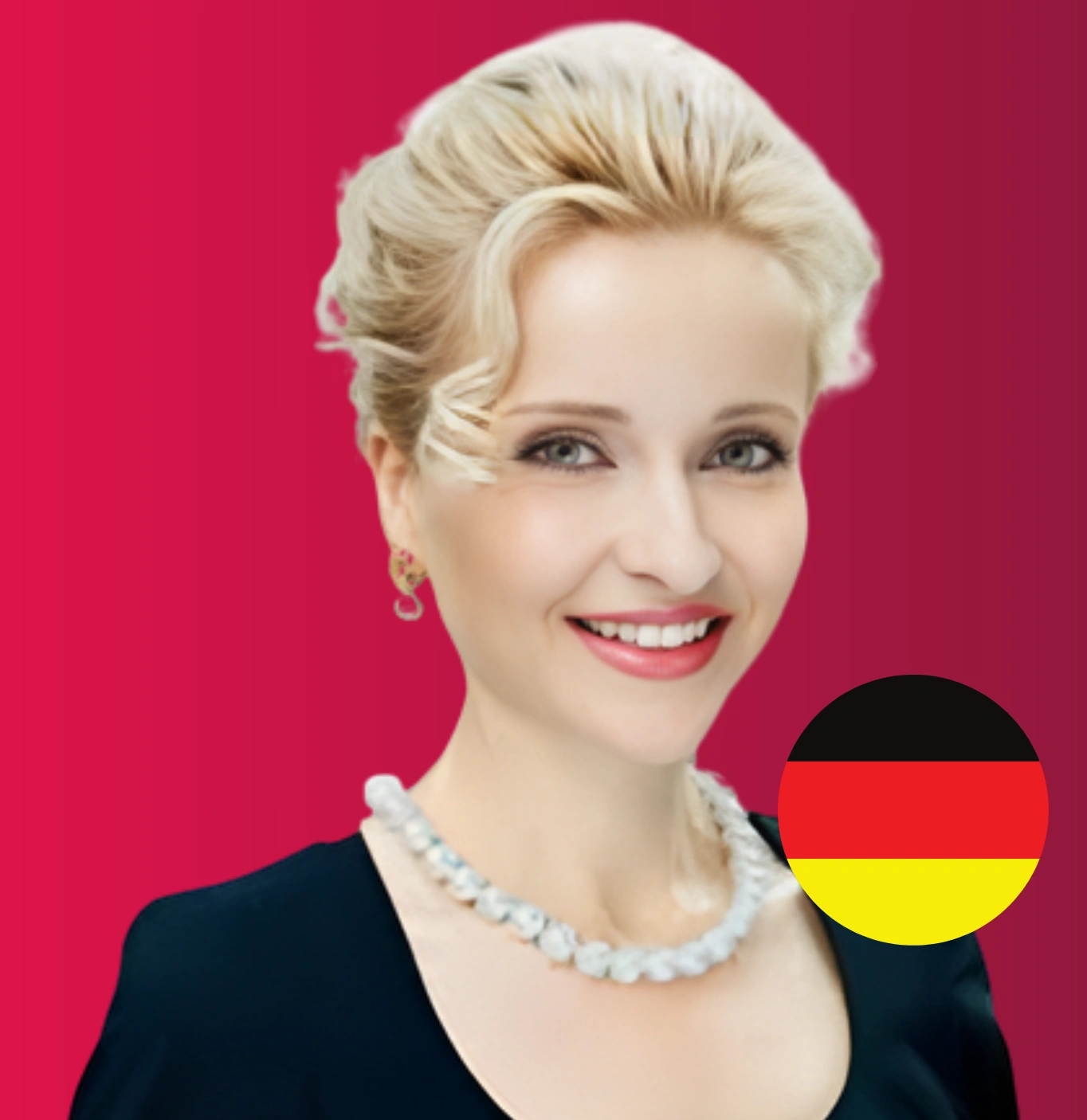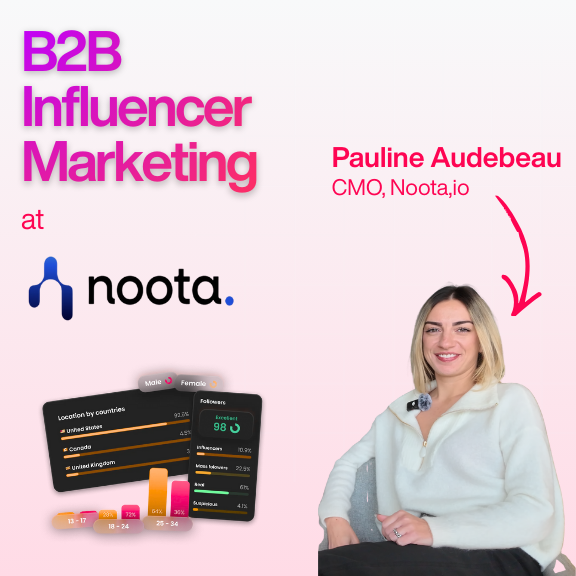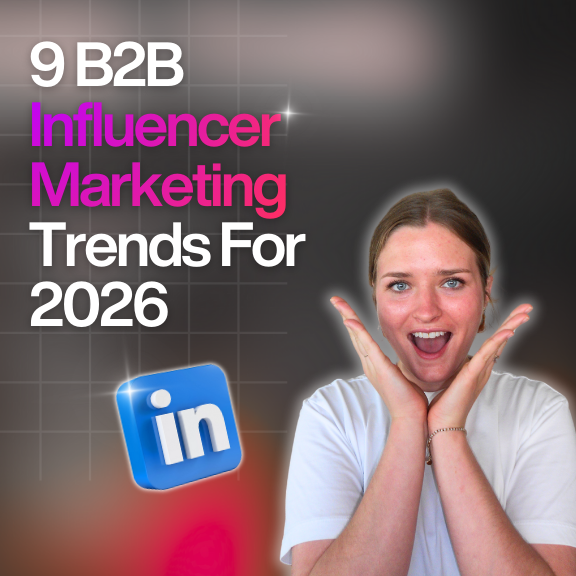Blog & Articles
Your ultimate ressource for the creator economy
Methodology & Rankings
About Favikon, rankings, tools & much more.
Insights
The recipe behind Favikon's viral & coveted rankings.
Free tools to power your influencer marketing workflows.
See Favikon users' success stories.
Get access to all Favikon rankings.
Become a Partner
Become an Affiliate
About the team behind Favikon
The place to talk creator economy, together


Featured Rankings

Here is the Top 50 Rising Video Creators on LinkedIn. Video is quickly becoming the platform’s most powerful format, with creators gaining more reach and engagement than ever. As Gen Z grows its presence and tools like BrandLink and Thought Leader Ads support content creation, LinkedIn is doubling down on video. This ranking, made in partnership with OpusClip, celebrates the creators leading this shift and aims to inspire anyone ready to start sharing through video.

Here is the Top 50 Rising Video Creators on LinkedIn. Video is quickly becoming the platform’s most powerful format, with creators gaining more reach and engagement than ever. As Gen Z grows its presence and tools like BrandLink and Thought Leader Ads support content creation, LinkedIn is doubling down on video. This ranking, made in partnership with OpusClip, celebrates the creators leading this shift and aims to inspire anyone ready to start sharing through video.
Google Ads vs Influencer Marketing for B2B Marketing
B2B companies are constantly exploring new avenues to reach their target audience effectively and among the plethora of marketing strategies available, Google Ads and Influencer Marketing have emerged as two prominent approaches, each with its unique advantages and challenges.



Sarthak Ahuja is a marketing enthusiast currently contributing to digital marketing strategies at Favikon. An alumnus of ESCP Paris with over 2 years of professional experience, he has held multiple marketing roles across industries. Sarthak's work has been published in journals and websites. He loves to read and write about topics concerning sustainability, business, and marketing. You can find him on LinkedIn and Instagram.
Check Brand DealsB2B companies are constantly exploring new avenues to reach their target audience effectively and among the plethora of marketing strategies available, Google Ads and Influencer Marketing have emerged as two prominent approaches, each with its unique advantages and challenges. Google Ads, a well-established digital advertising platform, enables businesses to target potential customers through search engines and display networks. On the other hand, Influencer Marketing leverages the credibility and reach of industry leaders and thought influencers to promote products or services. Both strategies have gained significant traction in the B2B space, as businesses seek to adapt to changing consumption trends and the increasingly competitive online environment.
Recent statistics highlight the growing importance of these channels. For instance, Google's advertising revenue reached $224 billion in 2022, underscoring the continued reliance on search engine marketing. Meanwhile, the global influencer marketing industry was valued at $16.4 billion in 2022, with B2B influencer marketing campaigns showing a 60% year-over-year growth.
As B2B companies navigate the complexities of digital marketing, understanding the strengths and weaknesses of Google Ads and Influencer Marketing is crucial for making informed decisions. This article will delve into the nuances of both strategies, helping you determine which approach best aligns with your business goals.
Wht are the different B2B Marketing Channels?
Before diving into the specifics of Google Ads and Influencer Marketing, let's take a brief look at the various channels available for B2B marketing:
- Search Engine Optimization (SEO): Enhancing website content and structure to rank higher in organic search results.
- Content Marketing: Creating valuable content (blogs, whitepapers, case studies) to attract and engage a target audience.
- Email Marketing: Sending targeted emails to nurture leads and maintain customer relationships.
- Social Media Marketing: Leveraging platforms like LinkedIn and Twitter to engage with prospects and share content.
- Pay-Per-Click (PPC) Advertising: Using platforms like Google Ads to drive traffic through paid search engine placements.
- Influencer Marketing: Partnering with industry influencers to promote products or services through their channels.
- Webinars and Online Events: Hosting educational sessions to attract and engage potential customers.
- Affiliate Marketing: Collaborating with partners who promote your services in exchange for a commission on sales.
- Account-Based Marketing (ABM): Focusing on high-value accounts with personalized marketing strategies.
- Video Marketing: Creating and distributing video content to showcase products, services, or thought leadership.
What are the emerging trends in 2024
In the B2B space, the consumption patterns of decision-makers have evolved significantly. Traditional outbound marketing techniques, such as cold calling and direct mail, have become less effective due to the sheer volume of content and the growing preference for self-directed research. This shift is further exacerbated by the influx of AI-generated content, making it challenging for businesses to stand out in organic search results.
As a result, many companies are turning to paid channels like Google Ads and Influencer Marketing. While SEO remains a foundational element of digital strategy, the increasing competition and saturation of search results make it difficult for B2B companies to achieve the desired visibility organically. At the same time, outbound marketing efforts have become more expensive and offer less control over targeting and engagement.
This is where Google Ads and Influencer Marketing come into play, offering businesses more control over their message and reach. Both channels allow for precise targeting and the ability to measure ROI, but they do so in different ways, catering to varying objectives and audience preferences.
How do these channels work?
Google Ads
Google Ads operates on a pay-per-click (PPC) model, where businesses bid on specific keywords related to their products or services. When a user searches for those keywords, the ads appear at the top or bottom of the search engine results page (SERP). Google Ads also extends beyond search, allowing ads to be displayed on partner websites (via the Display Network), YouTube, and within mobile apps.
Bidding Systems
Google Ads employs an auction-based bidding system, where advertisers compete for ad placements based on their bid amount and the quality score of their ads. The quality score is determined by factors such as ad relevance, click-through rate (CTR), and the landing page experience.

Types of Google Ads:
- Search Ads: Text-based ads that appear on the SERP.
- Display Ads: Visual ads shown on websites within Google's Display Network.
- Video Ads: Ads displayed on YouTube and other video platforms.
- Shopping Ads: Ads showcasing products, including images and prices, which appear on Google Shopping.
- App Ads: Ads promoting mobile apps across Google’s networks.
Costs: Google charges advertisers based on the number of clicks or impressions their ads receive. The cost per click (CPC) varies depending on the competitiveness of the keyword, industry, and other factors. Additional expenses may include costs for creating ad creatives, landing pages, and ongoing optimization efforts.
Influencer Marketing
Influencer marketing in the B2B space involves partnering with industry experts, thought leaders, or niche influencers who have a strong following within your target market. These influencers promote your products or services through content, such as blog posts, social media updates, webinars, or podcasts, leveraging their credibility and reach to influence decision-makers.
Tools Required
Managing influencer marketing campaigns requires specific tools to identify influencers, manage relationships, and track performance. Some popular tools include:
- Favikon: An AI-powered platform for discovering influencers, managing campaigns, and tracking results.
- BuzzSumo: Helps identify influencers based on their content performance and reach.
- Hootsuite: While primarily a social media management tool, it also helps monitor influencer interactions and campaigns.
Costs
Influencer marketing costs can vary widely depending on the influencer's reach, engagement, and the nature of the partnership. Payment models may include flat fees, performance-based compensation, or product/service exchanges. Additional costs may include content creation, campaign management, and tools for influencer discovery and tracking.
Find more detals here about the cost of an influencer cost
5. What should you choose❓
B2B marketers often face the decision of choosing between Google Ads and influencer marketing. Both have their merits, but which one is best for your business goals? Let’s break down their strengths, weaknesses, and how to leverage each approach effectively, with data-backed insights and real-world examples.
1. Reach and Audience Targeting
Google Ads: With Google Ads, you can reach a highly targeted audience based on search intent. It’s an effective method when you know your audience is actively searching for solutions you offer. For instance, a B2B software company targeting “project management tools” can directly serve ads to users looking for this specific solution. Google Ads boasts a reach of over 90% of internet users, making it a solid choice for driving leads through precise targeting. However, ad blockers and banner blindness can reduce effectiveness.
Influencer Marketing: Influencer marketing, on the other hand, provides access to niche communities and engaged audiences. By partnering with influencers, especially LinkedIn Top Voices or industry experts, brands can tap into trust and credibility. For example, when DocuSign worked with Corporate Bro, they leveraged his humor and industry insights to connect authentically with sales professionals, an audience difficult to target directly through ads. Influencer marketing’s reach may be smaller than Google Ads, but engagement rates are often higher because the audience is already invested in the influencer’s content.
Verdict: If you need precise targeting based on search intent, Google Ads is preferable. For engaging niche audiences, influencer marketing is more effective.
2. Cost-Effectiveness and ROI
Google Ads: The cost of Google Ads depends on the competitiveness of the keywords. For B2B terms, the cost-per-click (CPC) can range from $3 to $20 or more, making it potentially expensive. However, if optimized correctly, the ROI can be significant. For instance, B2B companies report an average conversion rate of 2.58% on Google Ads, translating into qualified leads if your targeting is precise.
Influencer Marketing: Influencer marketing can also be cost-effective, especially with micro-influencers. Instead of paying for clicks, brands pay for the influencer’s audience reach, engagement, and content creation skills. Campaigns can range from $1,000 to $20,000 depending on the influencer’s reach. Brands like Salesforce have collaborated with influencers like Corporate Bro to create relatable, shareable content, thus building brand affinity without directly advertising.
Verdict: Google Ads provides quicker results but can be costly depending on the competition. Influencer marketing may have a slower lead time but can create long-lasting relationships and brand trust, often leading to a higher ROI over time.
3. Engagement and Conversion Rates
Google Ads: The strength of Google Ads lies in its ability to convert searchers actively seeking solutions. For instance, users searching “best B2B CRM software” are likely ready to compare options and make a purchase. Therefore, Google Ads can have higher conversion rates in situations where the user is further along in the sales funnel. However, generic ad creatives and keywords can lead to high bounce rates, making careful ad copy and keyword optimization essential.
Influencer Marketing: Influencer marketing excels in driving engagement. Research shows that campaigns with micro-influencers can have up to 60% higher engagement rates than traditional ads. Take the example of DocuSign leveraging Corporate Bro’s comedic skits; instead of just advertising, they engaged viewers by making sales professionals laugh while subtly introducing their products. This type of engaging content is more likely to be shared, expanding the campaign’s reach organically.
Verdict: Google Ads is strong for direct conversions, especially when targeting keywords with high purchase intent. Influencer marketing drives higher engagement and brand awareness, particularly effective at earlier stages of the buyer’s journey.
4. Brand Trust and Authenticity
Google Ads: While effective, Google Ads may lack the personalized touch and authenticity required to build deeper connections with audiences. Since ads are clearly marked as sponsored, users may view them as less credible than organic content.
Influencer Marketing: Influencer marketing thrives on trust. Consumers are more likely to trust recommendations from individuals they follow and admire, making KOLs a great fit for B2B campaigns. Brands that integrate themselves authentically into an influencer’s content can build trust that paid ads cannot achieve. For instance, by aligning with LinkedIn Top Voices, brands can create thought leadership content that feels organic and builds credibility within specific industries.
Verdict: For building long-term trust, influencer marketing is more effective. Google Ads can quickly drive leads but doesn’t foster the same level of trust.
5. Scalability
Google Ads: One of the significant advantages of Google Ads is scalability. Brands can scale campaigns up or down quickly, depending on budget and performance. You can set your daily budget and have complete control over where your ads are shown, allowing for rapid expansion.
Influencer Marketing: Influencer marketing is less scalable in the traditional sense because campaigns are often more personalized and depend on the individual influencer’s reach. However, brands can still achieve scalability by partnering with multiple influencers or leveraging influencer content across various channels, as seen in campaigns by Salesforce, which partnered with multiple industry experts across platforms to amplify their message.
Verdict: Google Ads is ideal for rapid scaling, while influencer marketing can still be scalable if managed across multiple influencers or repurposed across platforms.
Both Google Ads and influencer marketing have their strengths and ideal use cases. If your goal is to drive quick, direct leads through precise targeting, Google Ads provides a scalable, data-driven approach. However, if your aim is to build brand trust, connect deeply with a niche audience, and drive engagement, influencer marketing—especially through platforms like LinkedIn with Top Voices—should be your go-to.
Ultimately, the best strategy may be to combine both methods. Using Google Ads to drive immediate traffic and influencer marketing to build lasting relationships can provide a balanced, comprehensive approach to B2B marketing. Brands like Salesforce and DocuSign have successfully leveraged these strategies, showing how effective it can be to use them together. Consider your specific campaign goals, budget, and target audience when deciding which approach—or combination—will work best for you.
Related Articles
See all the articlesResources











.png)









